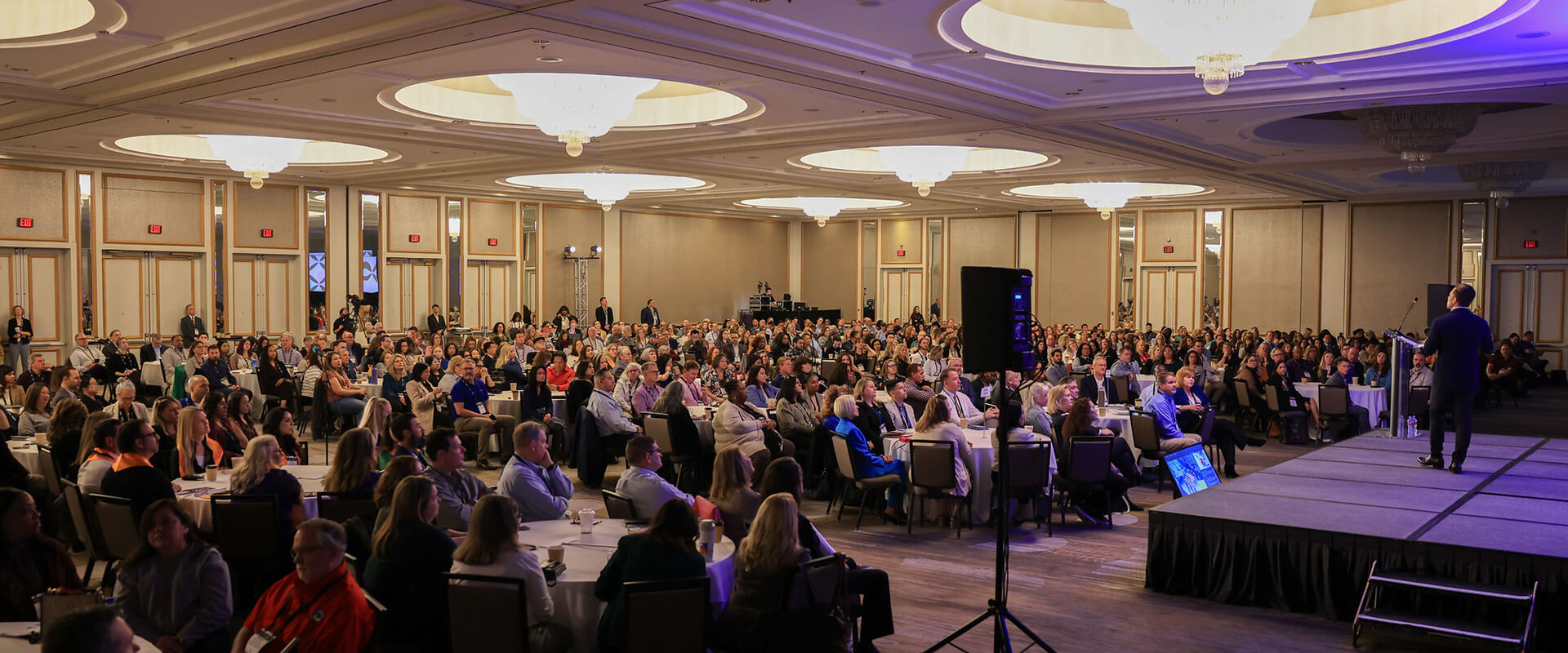(TNS) - After the apocalyptic Camp Fire reduced most of Paradise to ashes last November, a clear pattern emerged.
Fifty-one percent of the 350 houses built after 2008 escaped damage, according to an analysis by McClatchy. Yet only 18 percent of the 12,100 houses built before 2008 did.
What made the difference? Building codes.
The homes with the highest survival rate appear to have benefited from “a landmark 2008 building code designed for California’s fire-prone regions – requiring fire-resistant roofs, siding and other safeguards,” according to a story by The Sacramento Bee’s Dale Kasler and Phillip Reese.
When it comes to defending California’s homes against the threat of wildfires, regulation is protection. The fire-safe building code, known as the 7A code, worked as intended. Homes constructed in compliance with the 2008 standards were built to survive.
As many as 3 million homes stand in what the state calls “very high fire hazard severity zones,” according to Cal Fire. These areas, where the climate and the presence of combustible foliage can lead to tinderbox conditions, are destined to burn. The data on which homes survived the Camp Fire should be a call to action for every city in the danger zones.











